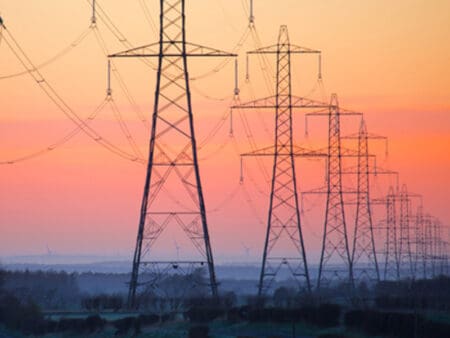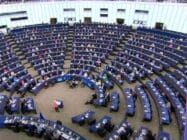
Europe’s energy research and innovation agenda for the period 2025-2028 has been published with an estimated budget of almost €1 billion (US$1.1 billion) by ETIP SNET.
The implementation plan is comprised of 19 ‘priority project concepts’ (PPC) that should be delivered in the period starting in 2024 as well as a further 13 PPCs that should get underway in the following year.
These PPCs, which are categorised under the previously established ‘high-level use cases’, are considered as “families of projects”. They are not intended as specifically defined individual projects, that would be the task of project funding applicants.
The implementation plan is intended to detail the most urgent R&I needs that should to be tackled through the European Commission and national work programmes within the period towards delivering the 2050 neutral carbon energy system.
Have you read?
Europe’s energy system research priorities roadmapped to 2031
Energy Transitions Podcast: The value of circular asset management
With extensive electrification combined with significant energy efficiency improvements and CO2 reductions in all sectors, this will require inter alia the massive use of renewables and smart grids technologies as well as sector coupling of all energy carriers via storage and conversion technologies.
The PPCs for 2025+ are as follows:
HLUC 1 – Optimal cross sector integration and grid scale storage
- Integrating hydrogen and CO2-neutral gases
- Regulatory framework for cross sector integration.
HLUC 2 – Market-driven TSO-DSO-system user interactions
- Develop a digital twin of the European electricity grid
- Viable business cases through market mechanisms and incentives
- Governance for TSO, DSO and system users.
HLUC 3 – Pan European Wholesale Markets, Regional and Local Markets
- Validation of new market concepts.
HLUC 4 – Massive RES penetration into the transmission and distribution grid
- Well-functioning markets for a RES based energy system
- Policies and governance for a RES based energy system.
HLUC 5 – One stop shop and digital technologies for market participation of consumers (citizens) at the centre
- Data spaces
- Building skills needed for developers and users of the energy system to accelerate its transition through its digitalisation
- Service management and operations
- Sharing IT infrastructure investments.
HLUC 7 – Enhance system supervision and control including cybersecurity
- Grid operator of the future
- Grid field workforce of the future
- Human machine interface
- Cybersecurity of energy networks.
HLUC 8 – Transportation integration and storage
- Integrated planning of energy and transport sectors
- Adapting policy and market for seamless cost-effective merging of transport and energy sectors.
HLUC 9 – Flexibility provision by building, districts and industrial processes
- Governance for an effective integration of buildings and smart energy communities.
The implementation plan gives a description of each of the priority project concepts and their budgetary requirements.
Three further R&I Implementation plans are planned to cover all the time periods until 2030.








